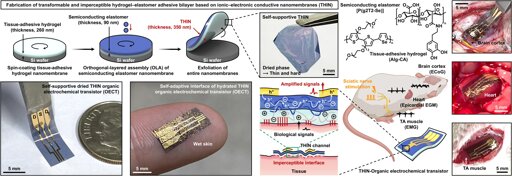We successfully plugged the hole in the ozone layer that was discovered in the 1980s by banning ozone-depleting substances such as chlorofluorocarbons (CFCs). But, it seems we might be unintentionally creating another potential atmospheric calamity by using the upper atmosphere to destroy huge constellations of satellites after a very short (i.e. 5 year) lifetime.
According to a new paper by Leonard Schulz of the Technical University of Braunschweig and his co-authors, material from satellites that burn up in the atmosphere, especially transition metals, could have unforeseen consequences on atmospheric chemistry—and we’re now the biggest contributor of some of those elements.
It’s been a long time coming that we would be though—Earth has plenty of other material spread through its upper atmosphere via meteorites burning up. In fact, even now, according to the paper, the total mass of material injected into the atmosphere from rockets and satellites is only about 7% of the mass of meteors that hit Earth annually. However, since rockets and satellites are primarily made up of metals, whereas meteors are primarily made up of silicates, the amount of metal we inject into the atmosphere is around 16% that of natural causes.
That may not sound like much, but for a few particular elements it’s much, much higher. In 2015, anthropogenic (i.e. human-made) sources were the highest contributor to 18 different elements in the atmosphere. In 2024, that number jumped to 24 different elements. That could grow to as many as 30 different elements that will be the primary reason for their increased levels in the atmosphere in the coming decades.
[…]
The paper itself: Space waste: An update of the anthropogenic matter injection into Earth atmosphere
 1
1
 1
1
 1
1
 1
1
 1
1




